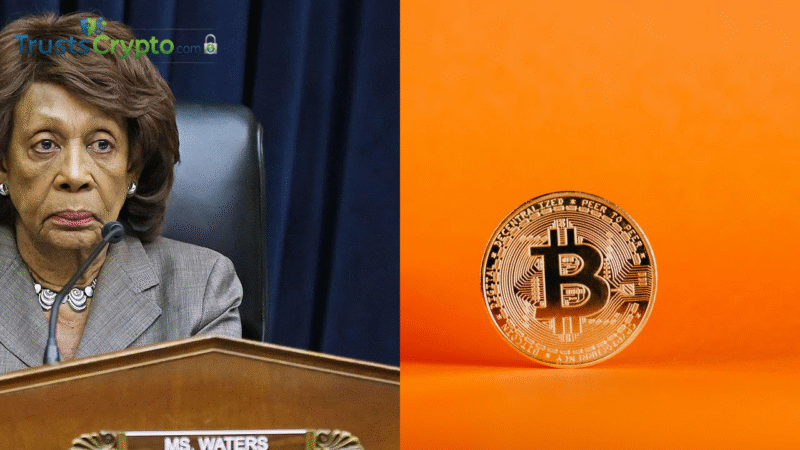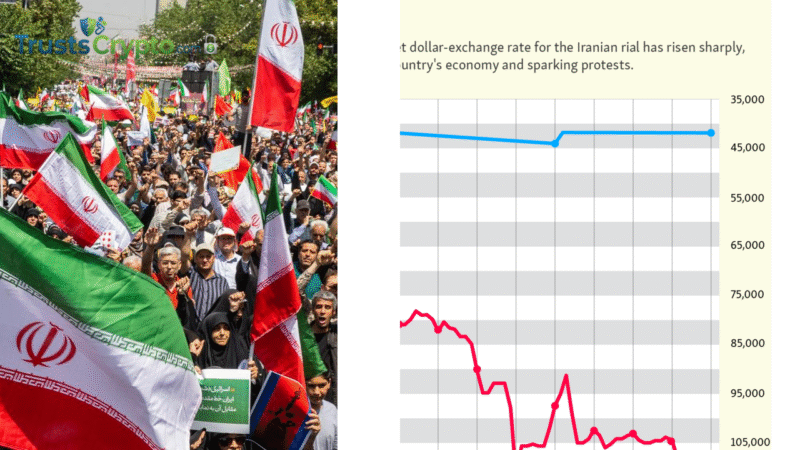A New Urgency for the Digital Euro: Why the U.S. Stablecoin Law Is a Game-Changer

The global race for digital currency dominance has reached a fever pitch, and Europe is feeling the heat. A recent report from the Financial Times confirms that European policymakers are significantly accelerating their efforts to launch a digital euro, spurred by the swift legislative action in the United States. The passage of the new U.S. stablecoin law, known as the GENIUS Act of 2025, has sent shockwaves through the bloc, intensifying concerns that a wave of dollar-backed stablecoins could deepen America’s monetary and geopolitical influence at the expense of the euro. This sense of urgency has caught many in Brussels and Frankfurt off guard, highlighting a critical point: while Europe has been methodically planning its Central Bank Digital Currency (CBDC), the U.S. has taken a different, and perhaps more immediate, path to solidify the dollar’s global standing.
For years, the European Central Bank (ECB) has been engaged in a meticulous, two-phase project to investigate and prepare for a digital euro. The project’s timeline, which began with an investigation phase in 2021 and moved into a two-year preparation phase in November 2023, was designed to be cautious and comprehensive, ensuring that the currency would meet the highest standards of privacy, security, and financial stability. However, the U.S.’s new stablecoin law has introduced a powerful new variable into this equation. Rather than issuing its own CBDC, the U.S. has chosen to regulate private-sector stablecoins, effectively transforming them into a quasi-official digital dollar. This strategic move threatens to achieve the same goals as a CBDC—securing the currency’s place in the digital economy—but at a much faster pace and with private companies bearing the burden of innovation.
The GENIUS Act of 2025: A U.S. Strategy Explained
The U.S.’s approach to digital money is enshrined in the new federal legislation for stablecoins. The GENIUS Act of 2025 (Guiding and Establishing National Innovation for U.S. Stablecoins) is a landmark piece of legislation that creates a comprehensive regulatory framework for what it terms “payment stablecoins.” Its key provisions are designed to ensure stability, transparency, and consumer protection, while clarifying that these assets are not to be classified as securities.
Under the new law, all permitted stablecoin issuers must maintain a 1:1 reserve backing of their outstanding stablecoins with high-quality liquid assets, such as U.S. dollars and short-dated Treasury bills. Issuers are prohibited from paying interest to stablecoin holders, and they are now subject to the same strict Anti-Money Laundering (AML) and Counter-Terrorist Financing (CTF) rules as traditional financial institutions. This regulatory clarity is a double-edged sword for Europe. On one hand, it creates a predictable and secure environment for dollar-backed digital assets. On the other hand, it allows private firms to scale their stablecoins globally, potentially at a much faster pace than a public-sector project like the digital euro.
Geopolitical Ramifications and the Threat of “Digital Dollarization”
The European Central Bank’s leadership has repeatedly voiced its concern about the growing influence of non-European payment solutions and currencies. ECB President Christine Lagarde and other policymakers have warned that a growing reliance on privately issued, foreign-backed digital currencies could undermine the Eurozone’s monetary sovereignty. This is where the geopolitical stakes of the digital euro become clear.
If dollar-backed stablecoins become the dominant medium for digital payments within Europe, it could lead to “digital dollarization.” This would mean that a significant portion of digital transactions would be conducted in U.S. dollars, weakening the euro’s role as both a domestic and international currency. This dependency could, in turn, affect the ECB’s ability to effectively transmit monetary policy and respond to economic shocks. By taking a proactive role, the U.S. is using its private sector to expand the dollar’s reach into the digital economy, a strategy that Europe views as a direct threat to its economic autonomy.
The European Union’s Response: A Strategic Pivot
Faced with this newfound pressure, European policymakers are not discarding the digital euro project but rather re-evaluating its timeline and priorities. The ECB’s methodical approach, which has been in place since 2021, is now being scrutinized for its pace. The project’s preparation phase, which is set to conclude in late 2025, has focused on a number of key design features, including:
- Offline Functionality: The ability for the digital euro to be used for payments without an internet connection, replicating the cash-like experience.
- Privacy: A high level of user privacy, especially for low-value transactions, to mirror the anonymity of physical cash.
- Intermediation: A two-tiered distribution model where the ECB issues the currency, and private financial institutions (banks, payment service providers) manage the wallets and user interfaces. This model aims to prevent a “run on the banks” and preserve the existing financial ecosystem.
However, the new urgency is pushing EU officials to consider ways to accelerate the legislative and technical work needed for a full-scale launch. The challenge is immense. Unlike the U.S. approach of regulating private assets, a digital euro would be a direct liability of the ECB. This requires a strong legal mandate, public consensus, and a robust technical infrastructure—all of which take time.
Digital Euro vs. China’s Digital Yuan
To fully appreciate the geopolitical landscape, it’s useful to compare the European and U.S. approaches to China’s. The People’s Bank of China has been a pioneer with its digital yuan (e-CNY), which is already in extensive pilot programs. The e-CNY is a highly centralized system, designed to give the central bank tight control over its monetary and fiscal policies. While it has made significant strides in domestic adoption, it raises concerns in the West over privacy and state surveillance.
The digital euro, by contrast, is being designed with a strong emphasis on European values of privacy and individual freedom. While the e-CNY is a tool for state control, the digital euro is positioned as a public good that complements cash and preserves monetary sovereignty without sacrificing privacy. The new US stablecoin law is a hybrid approach, using private companies to achieve a geopolitical goal, which is fundamentally different from both the European and Chinese models.
The Road Ahead: Challenges and Opportunities
The acceleration of the digital euro project is not without its hurdles. Legislators must agree on a framework that balances user privacy with anti-money laundering requirements. The banking sector remains cautious, fearing that a CBDC could cannibalize traditional bank deposits. Public perception is also a key challenge, with many citizens still unaware of the benefits of a digital euro or confusing it with volatile cryptocurrencies.
Stay informed, read the latest news right now!
Nevertheless, the pressure from the U.S. stablecoin law has provided the political momentum that was previously lacking. It has transformed the digital euro from a theoretical project into a critical strategic imperative. The EU is now faced with a clear choice: accelerate its plans to launch its own digital currency or risk losing ground to a technologically advanced, dollar-dominated digital payments ecosystem. The outcome of this race will not only shape the future of payments in Europe but will also have far-reaching consequences for the global balance of monetary power.






